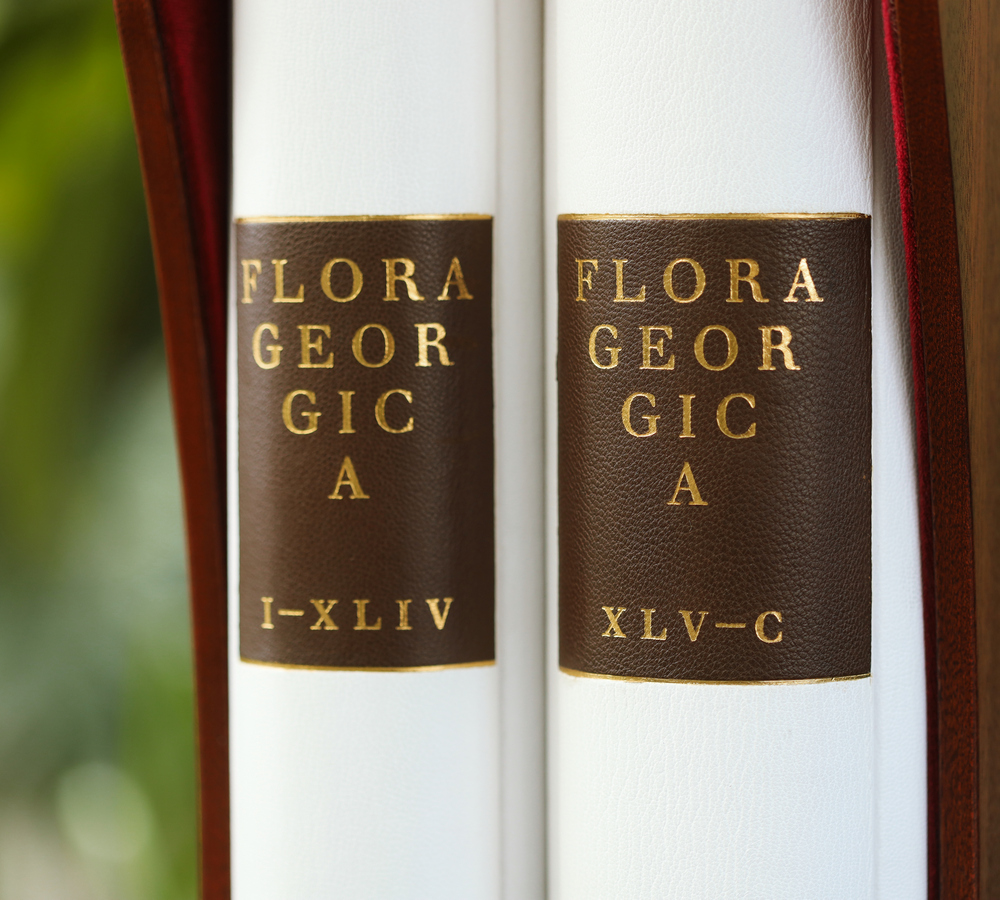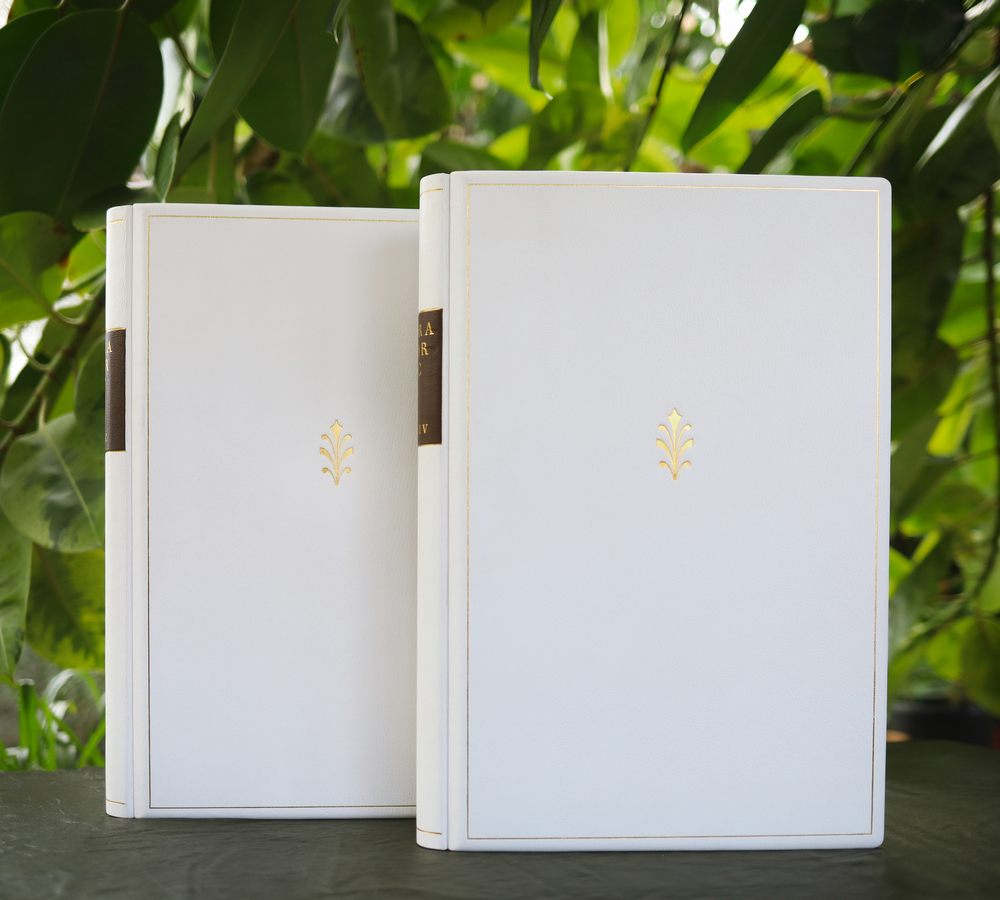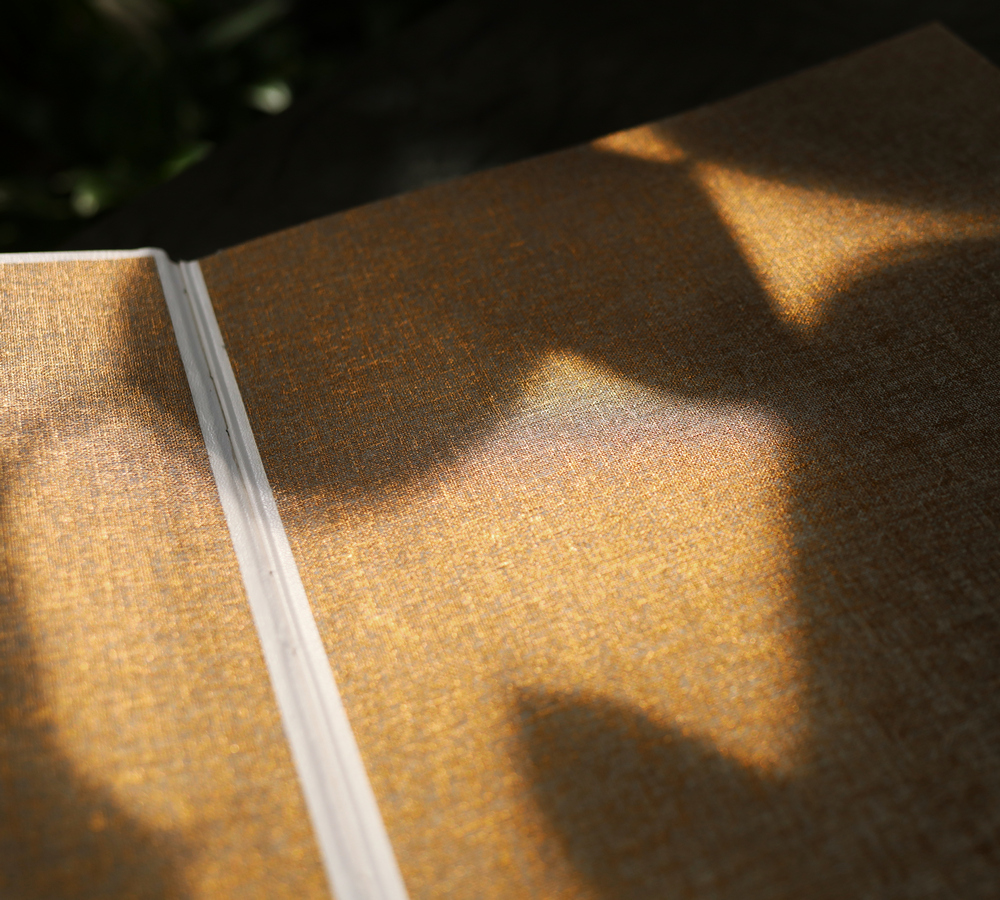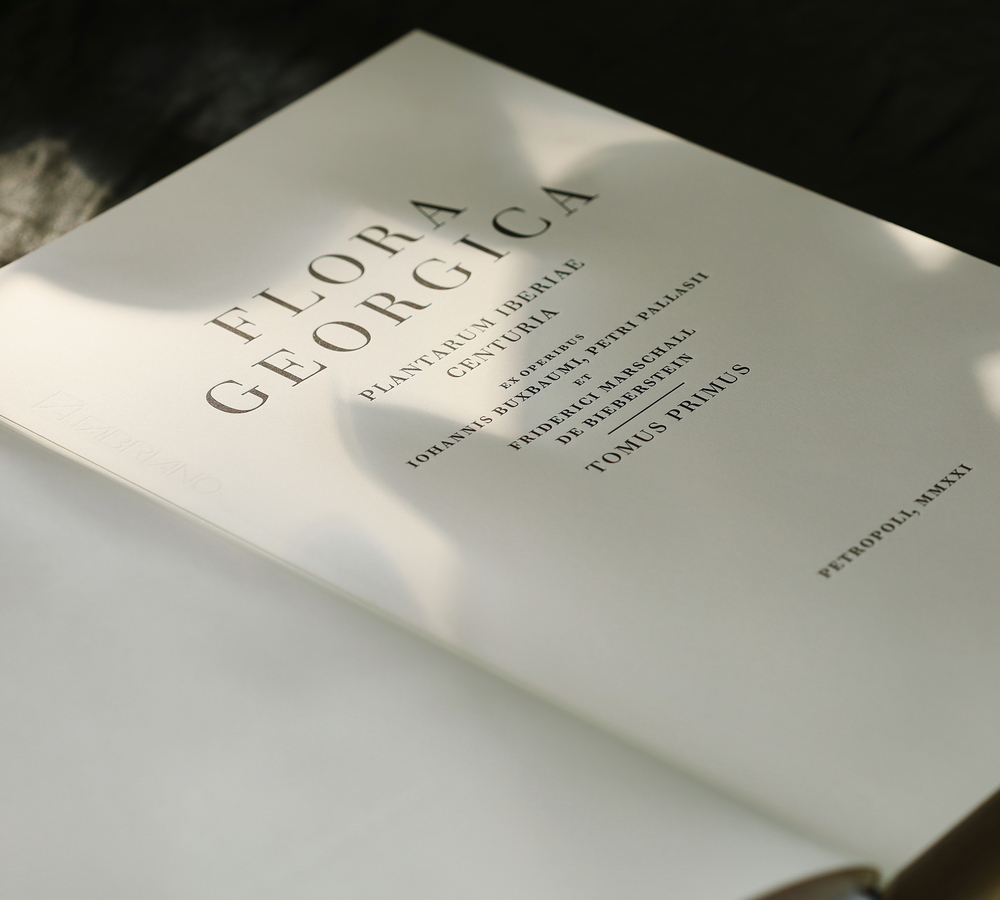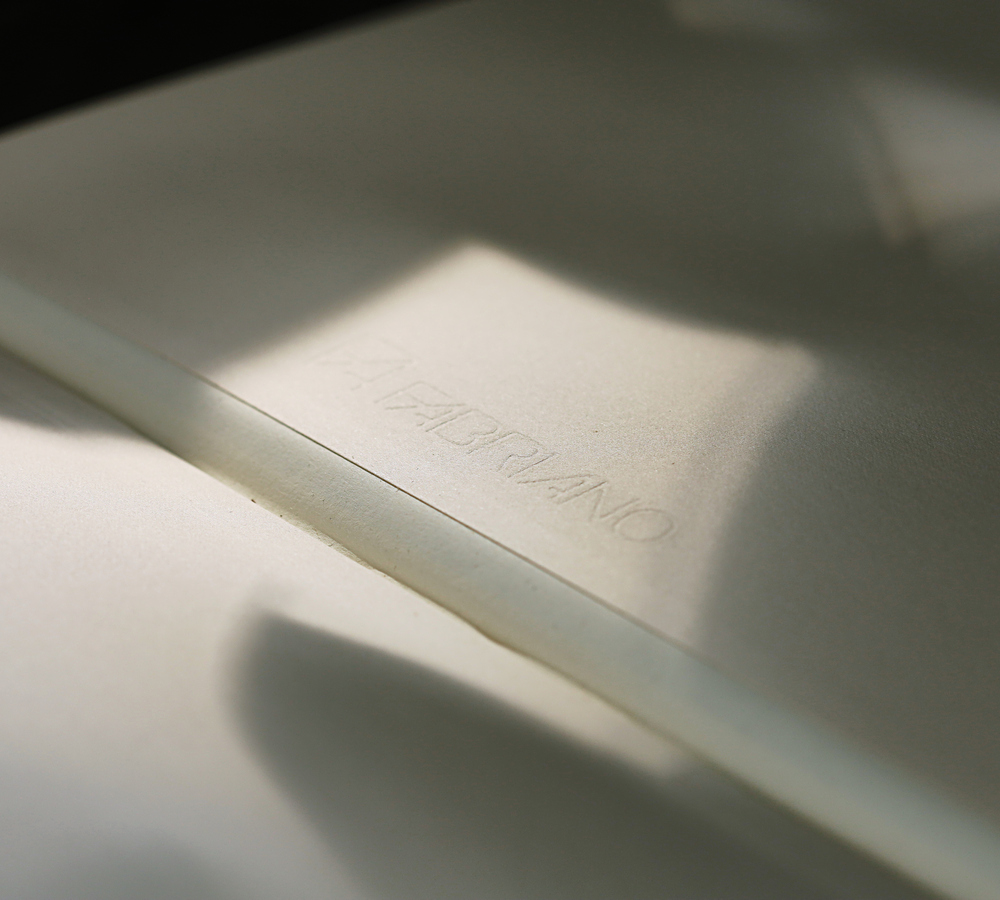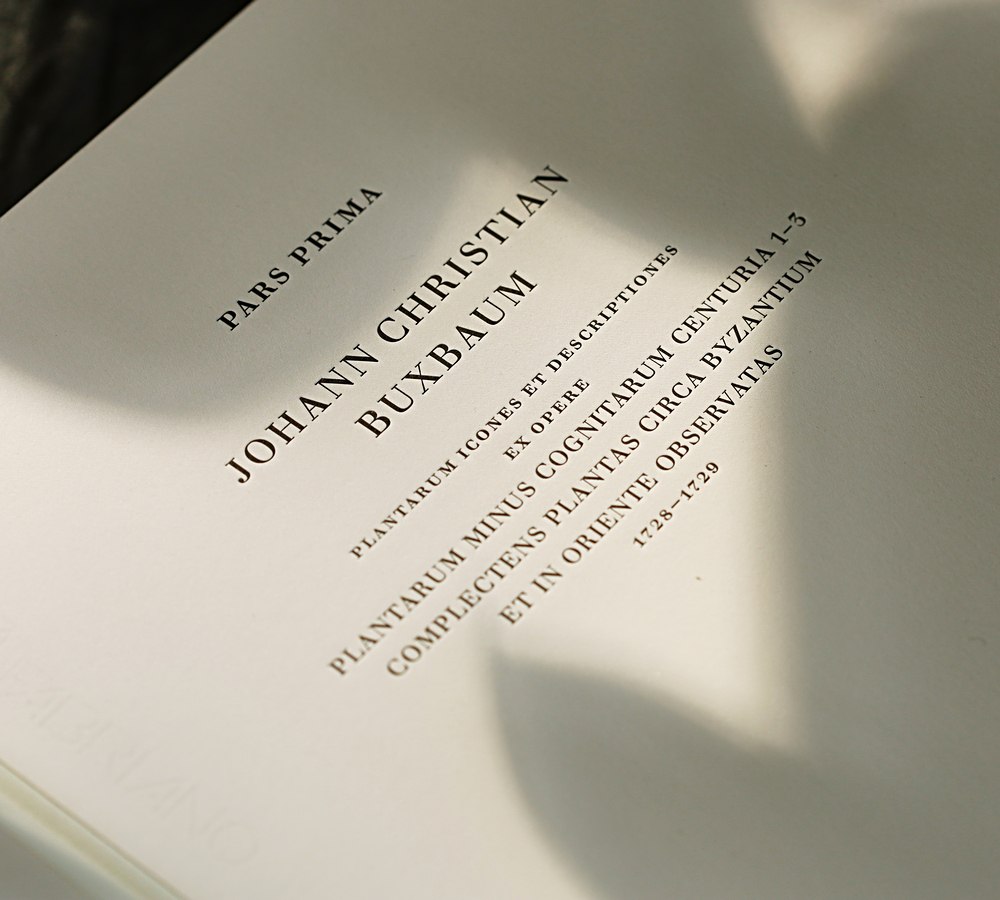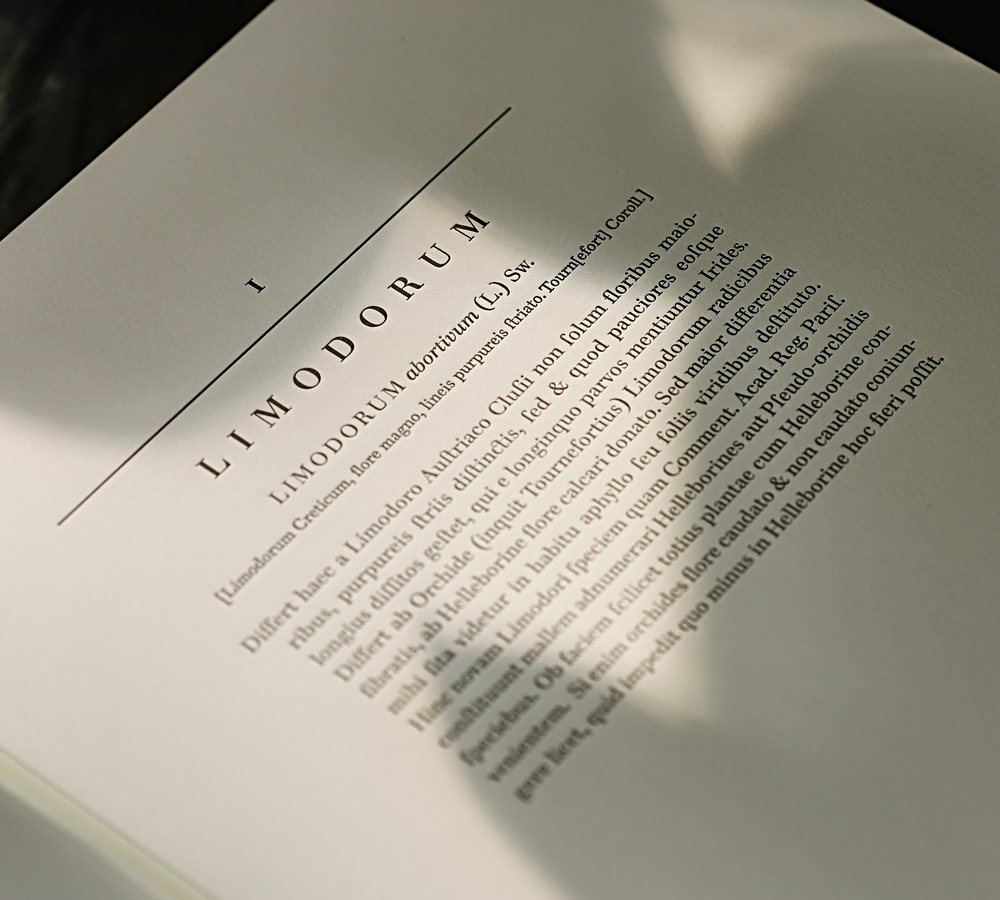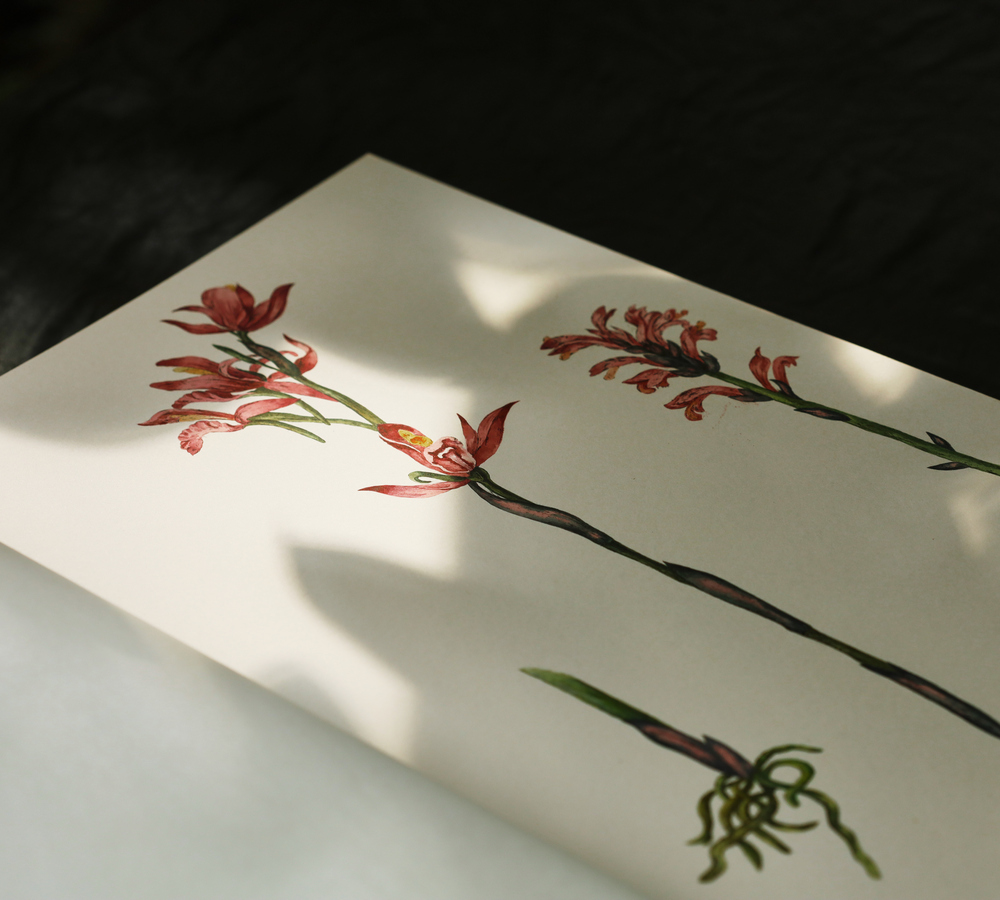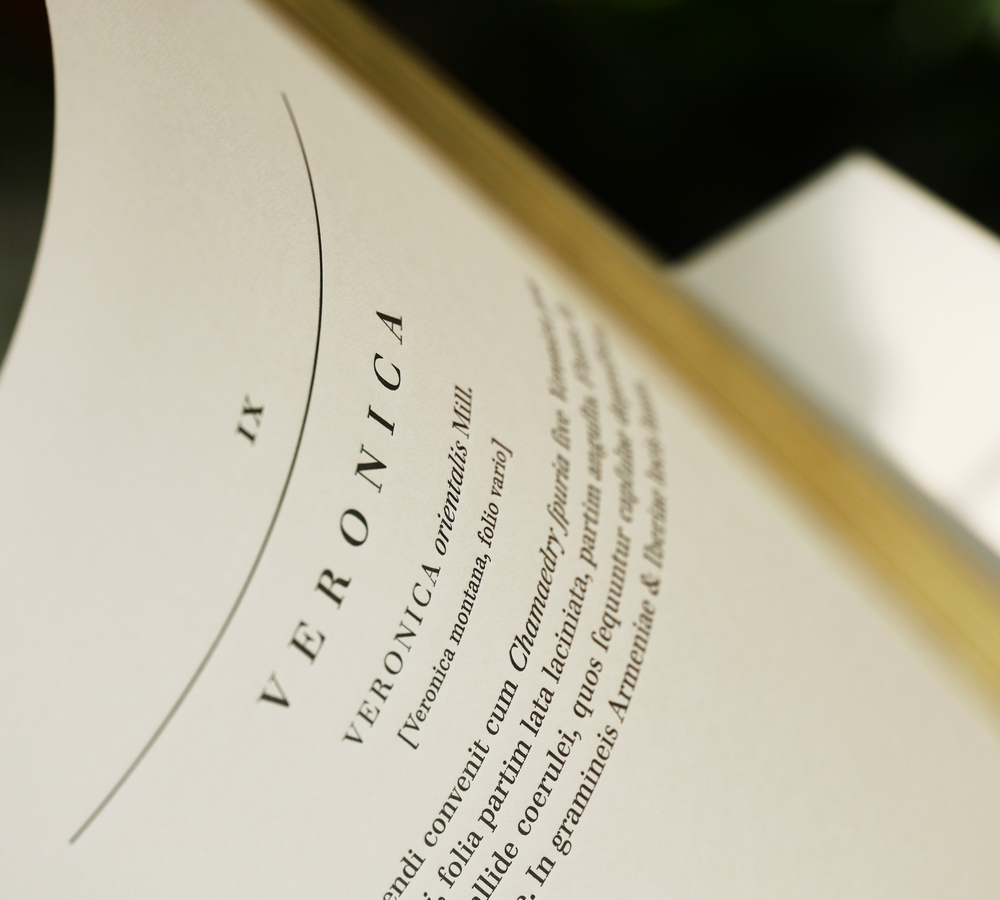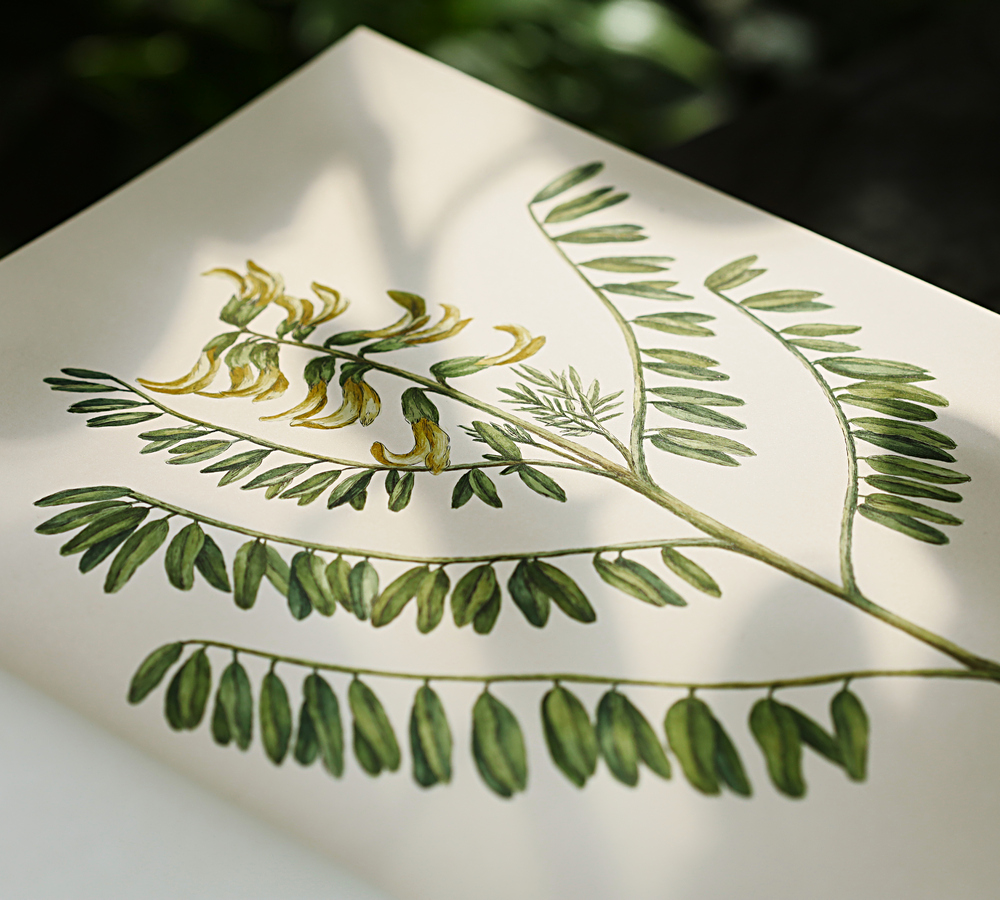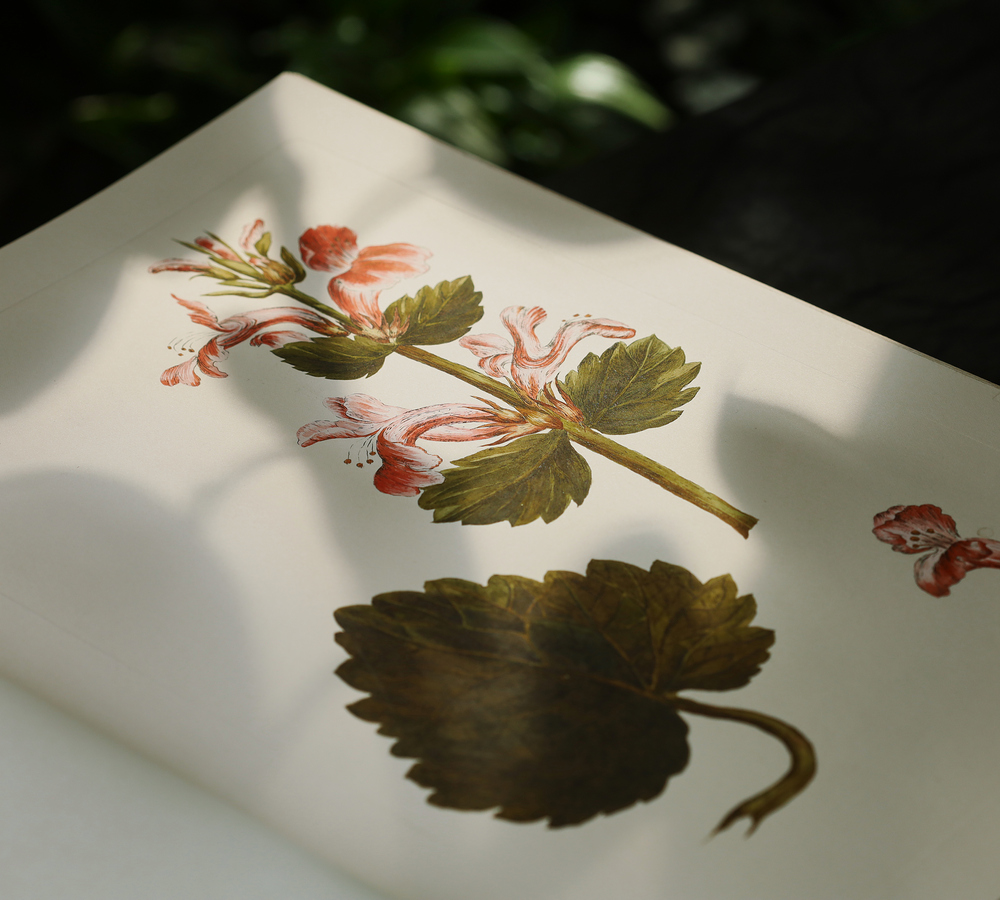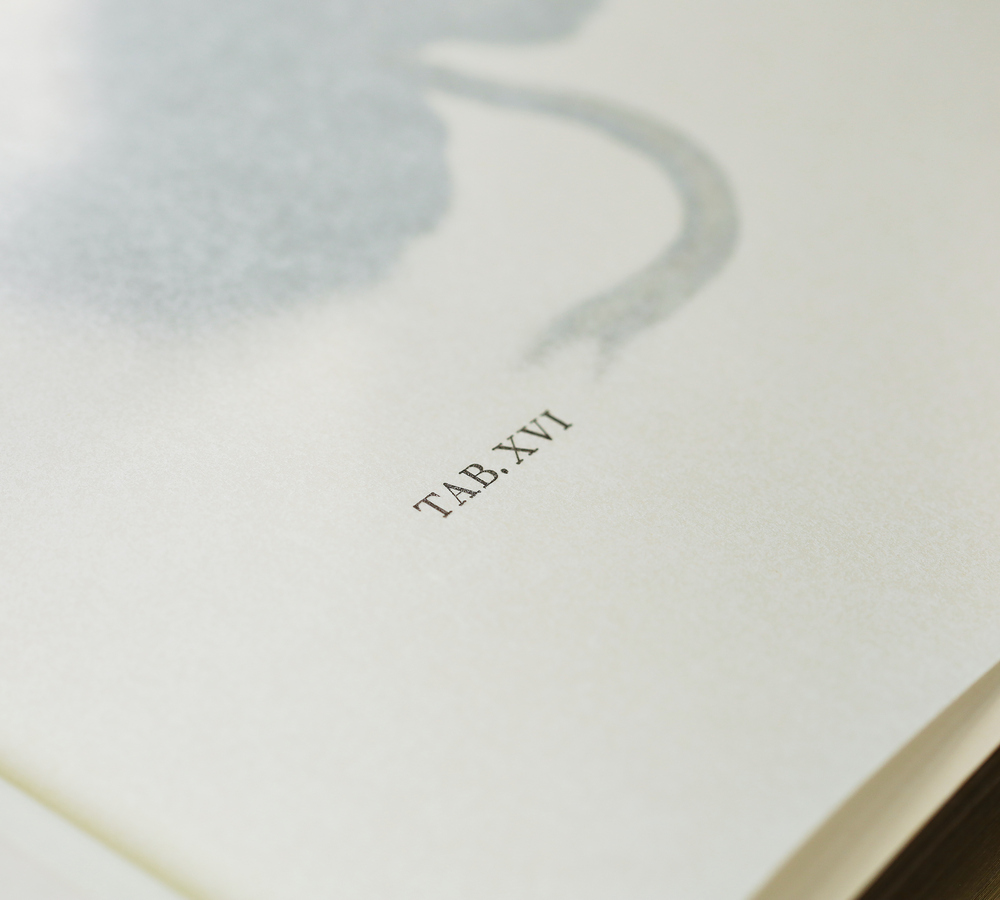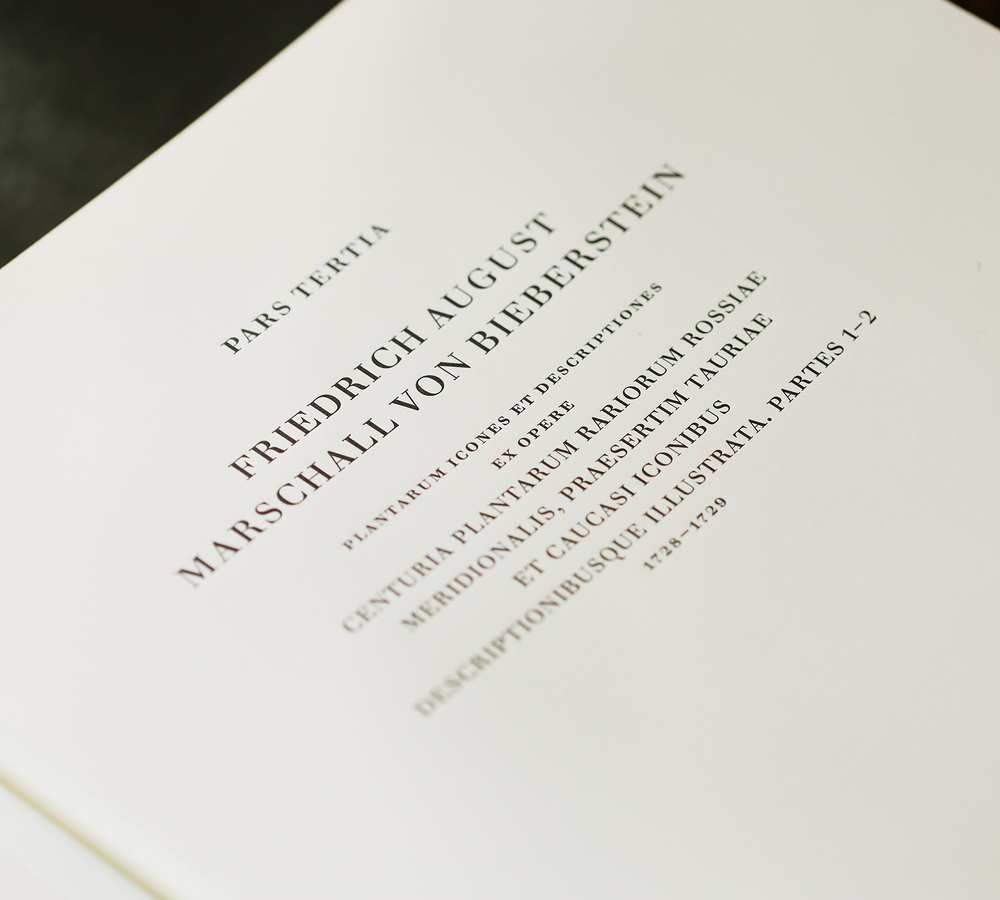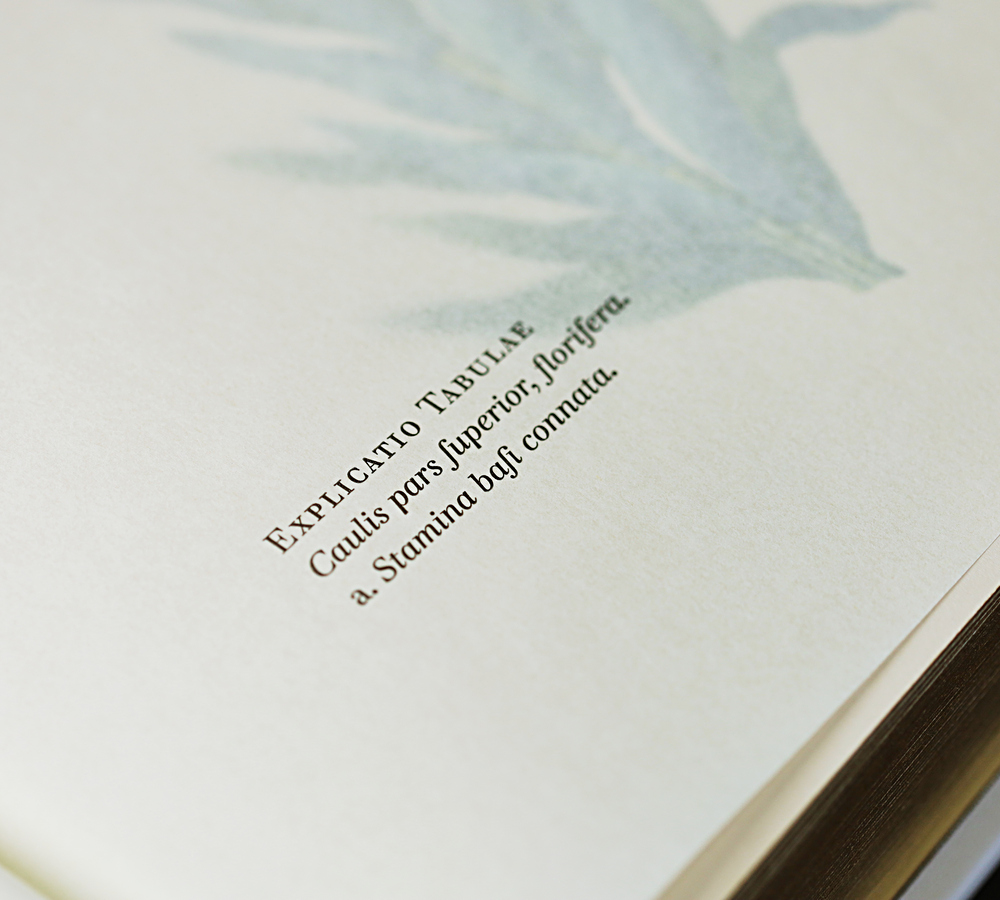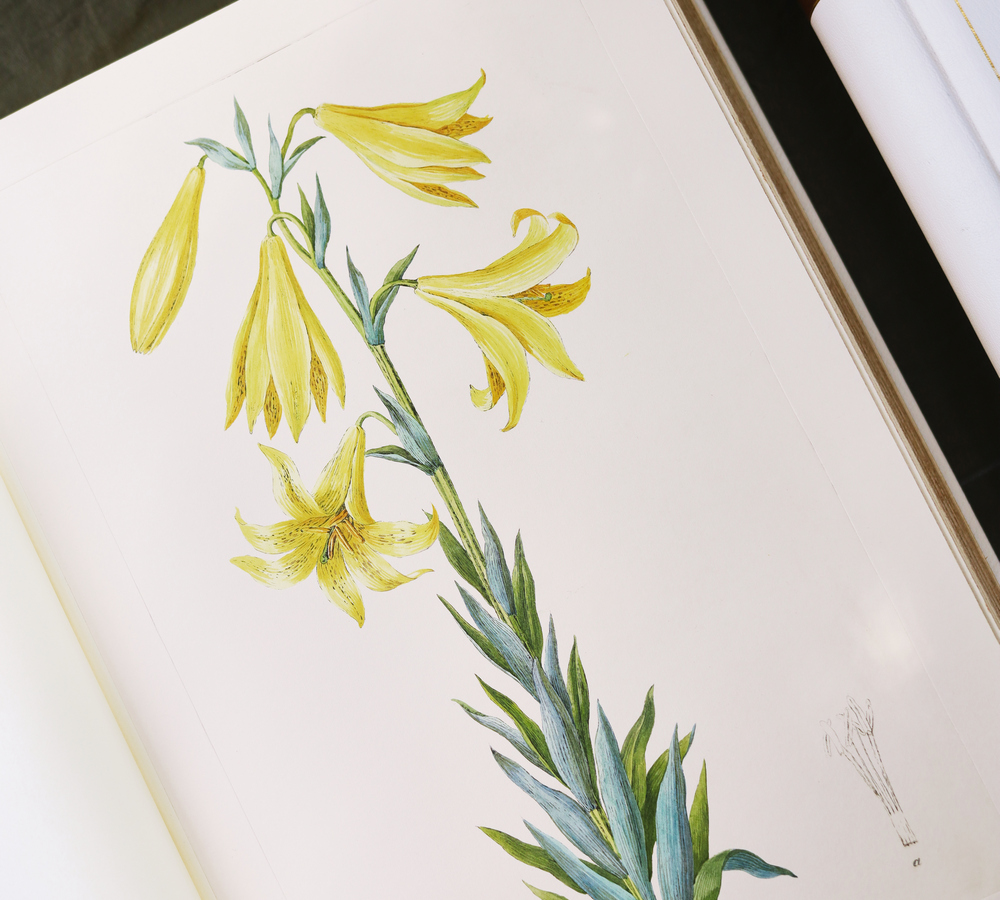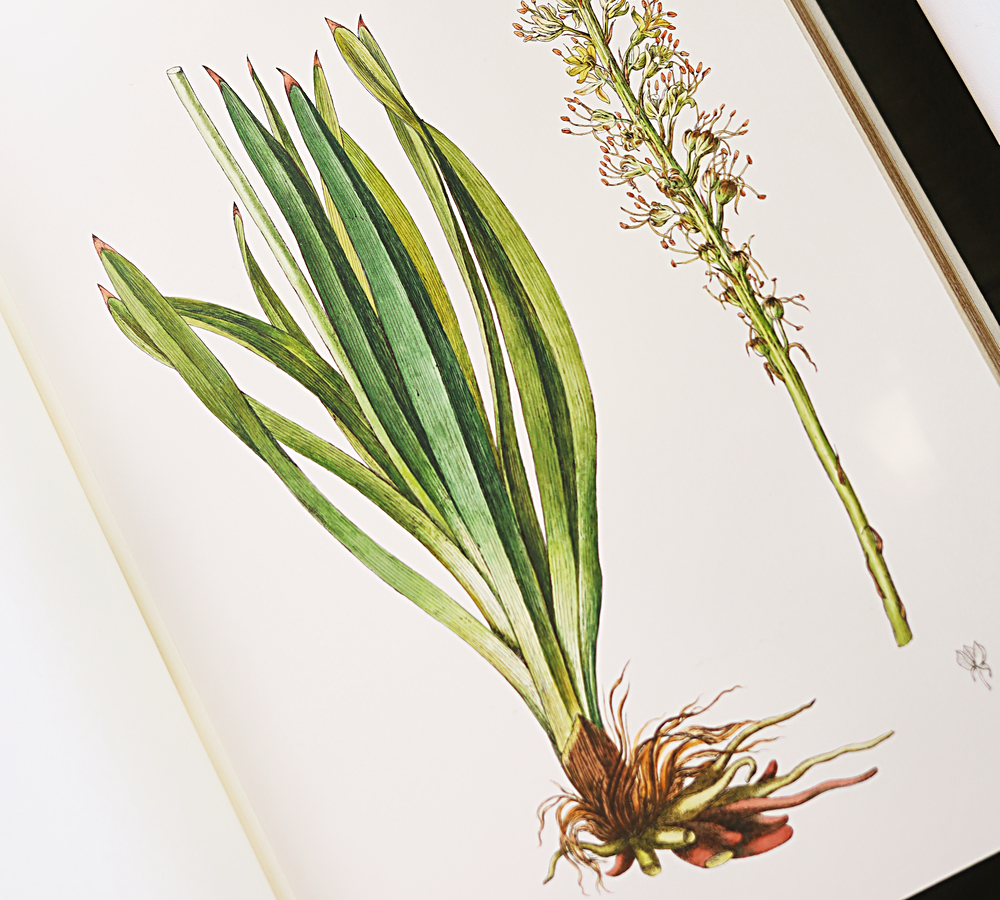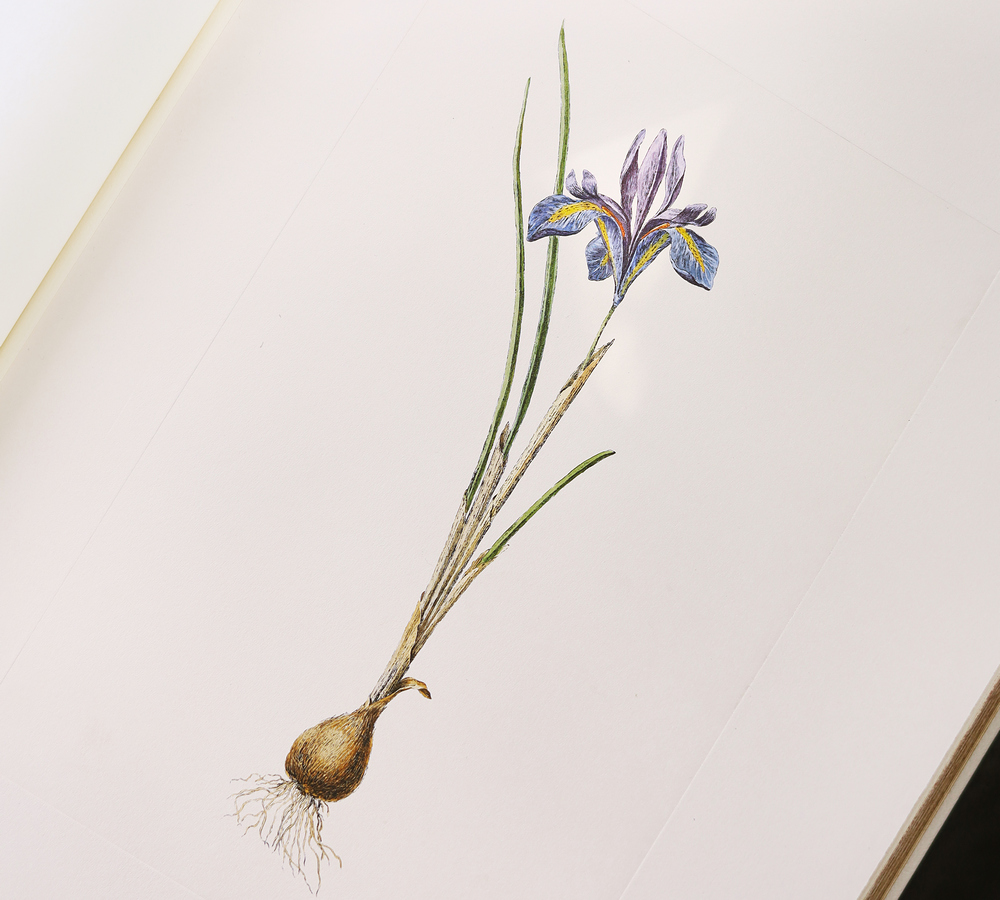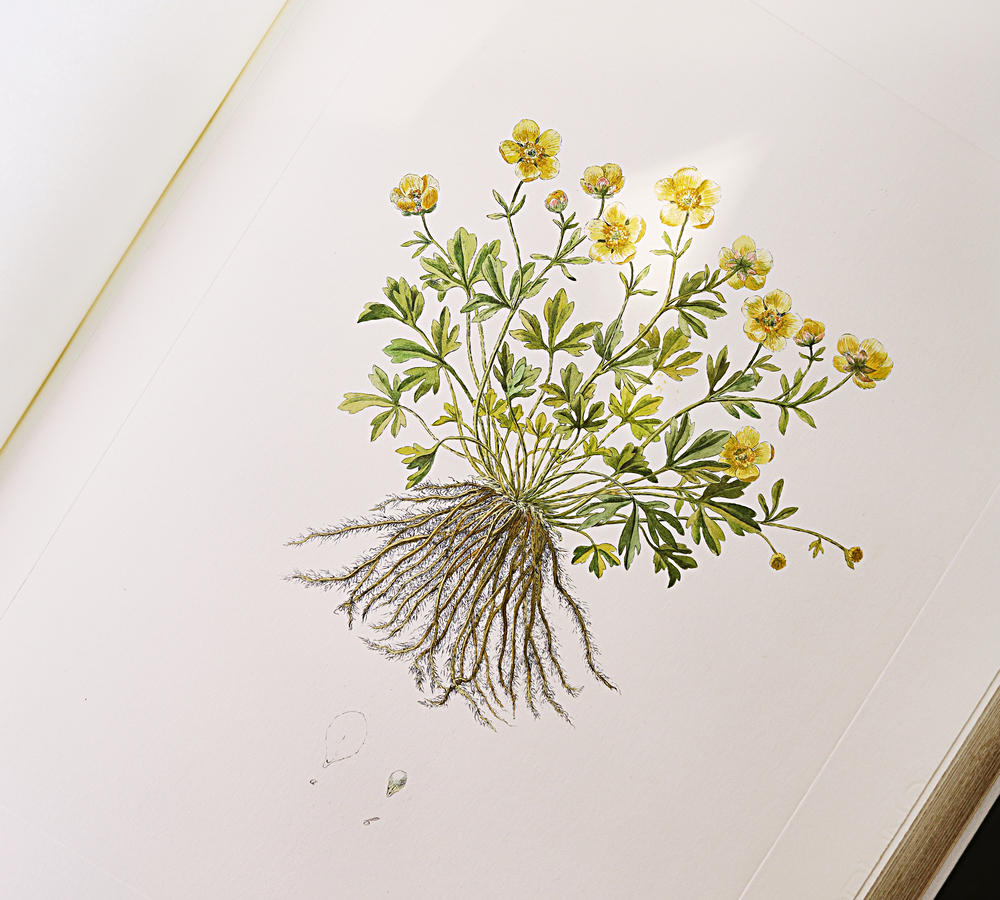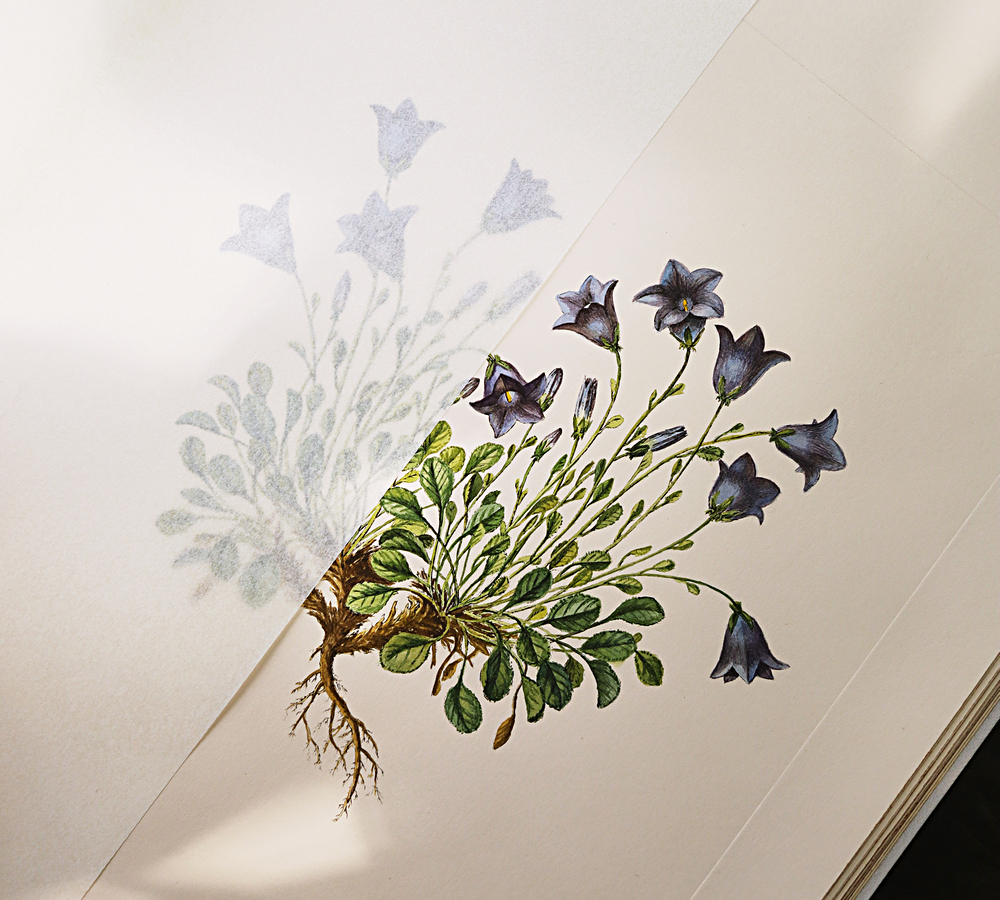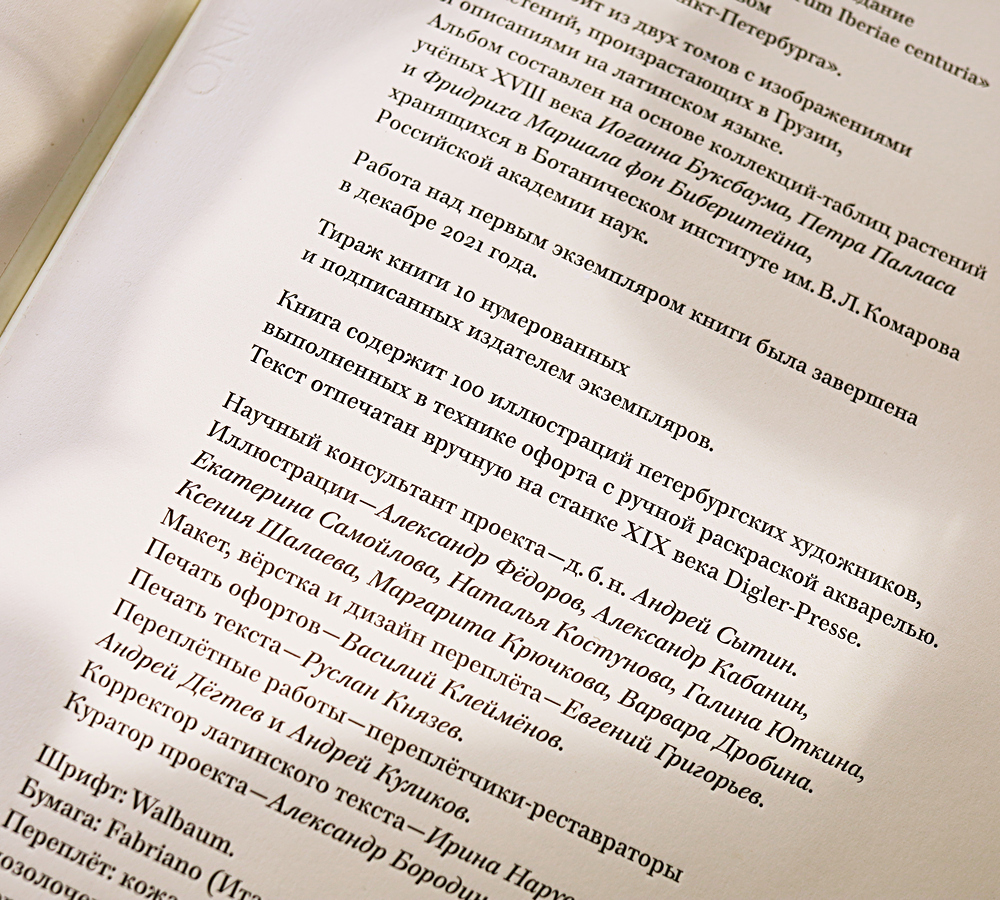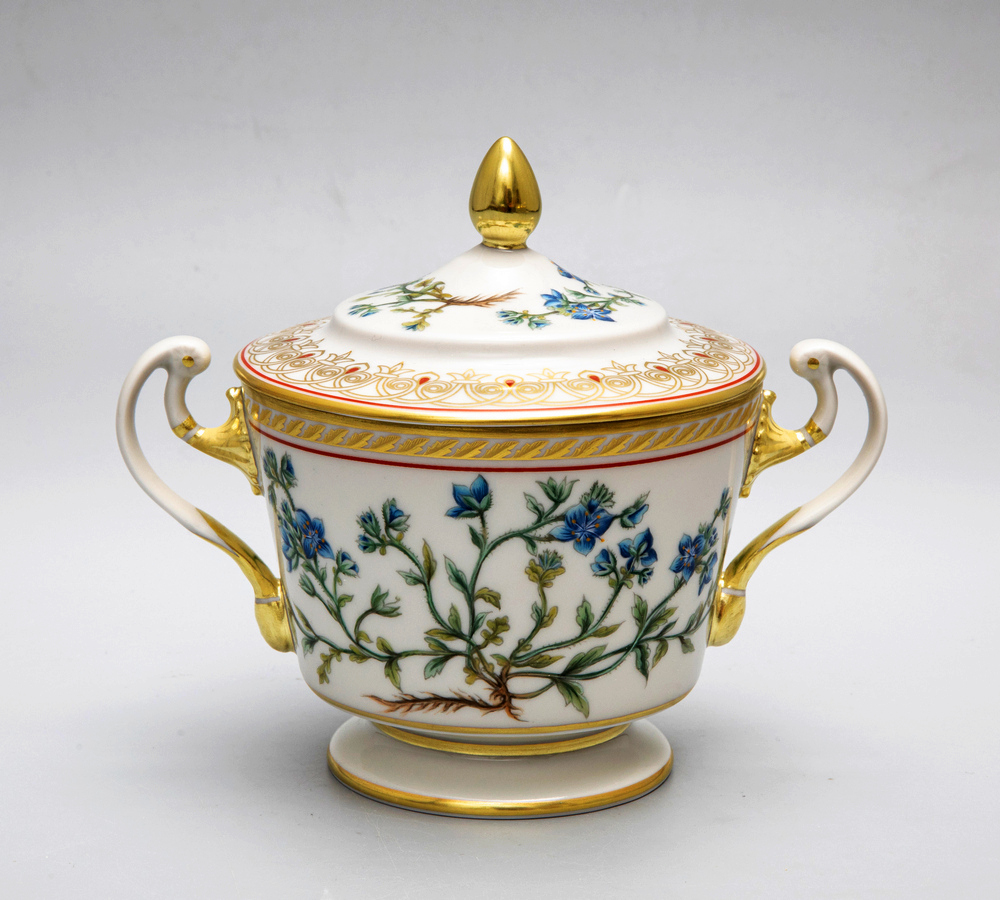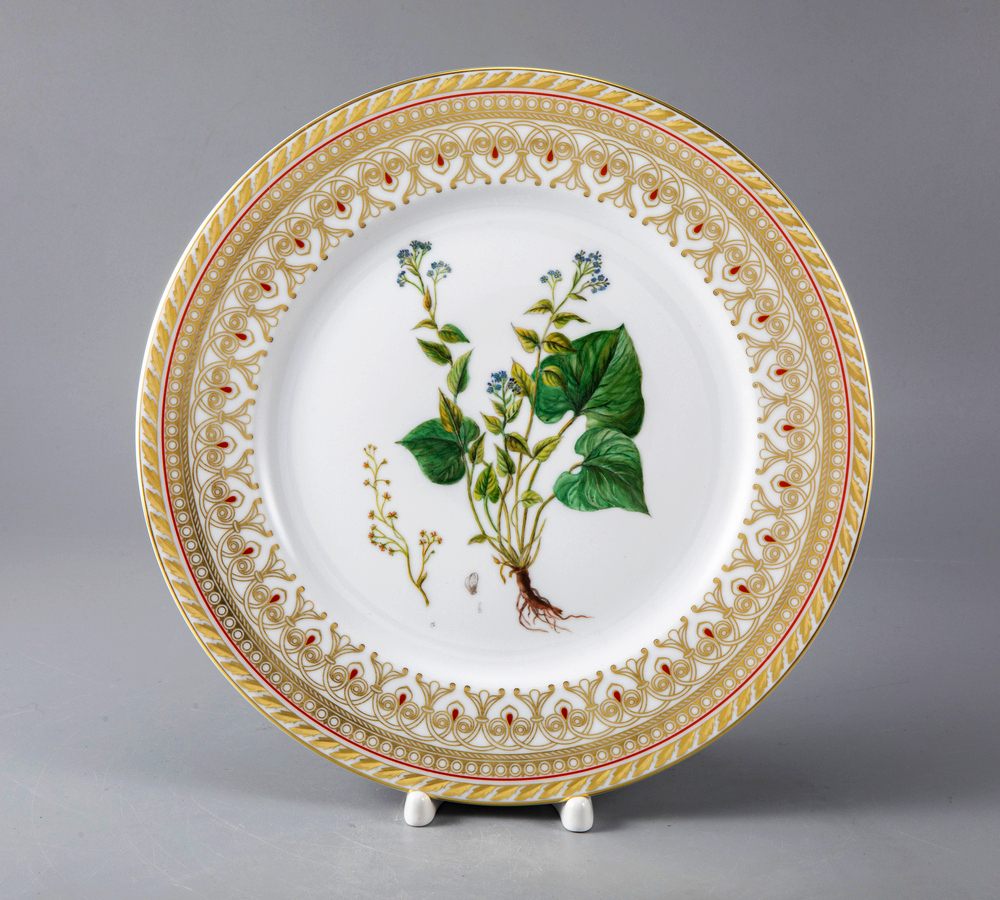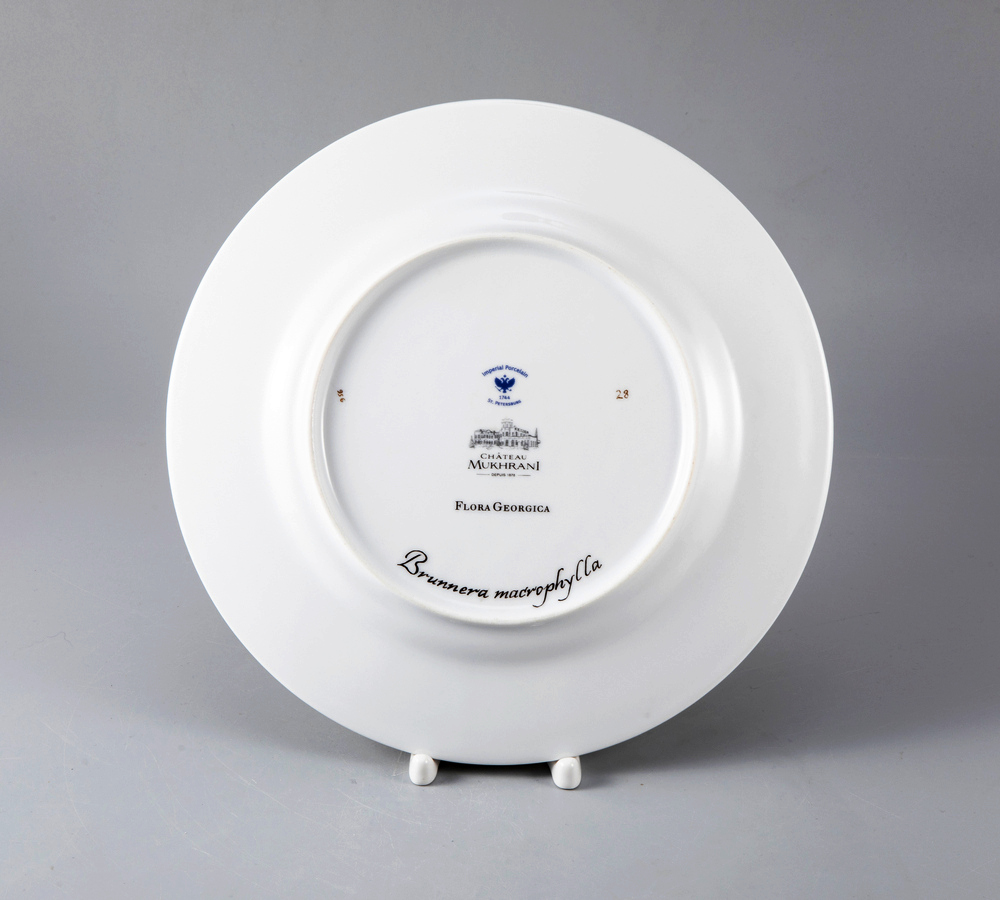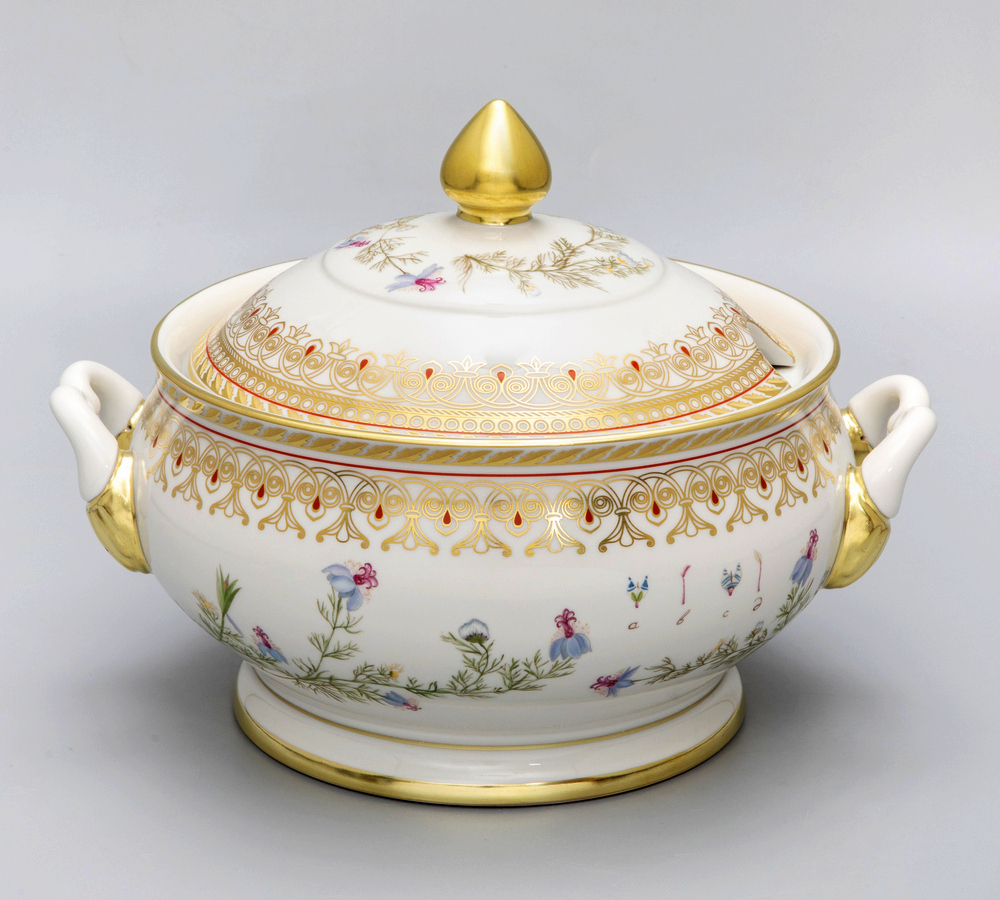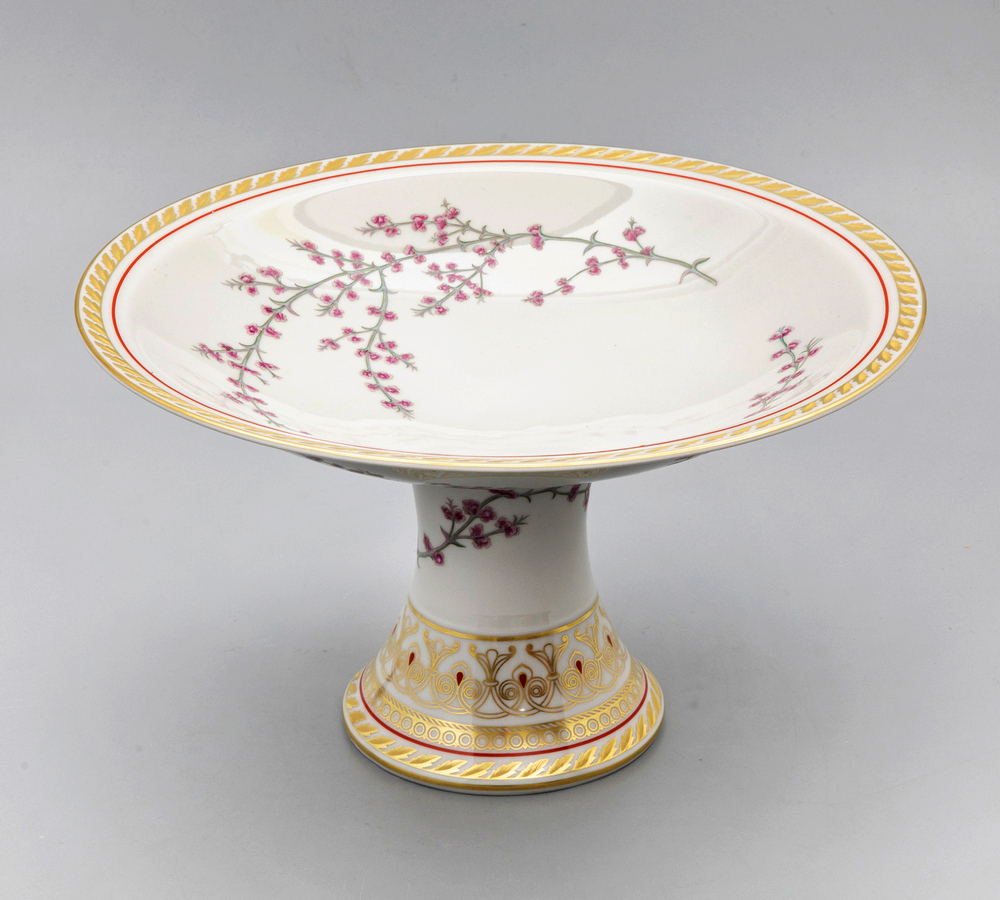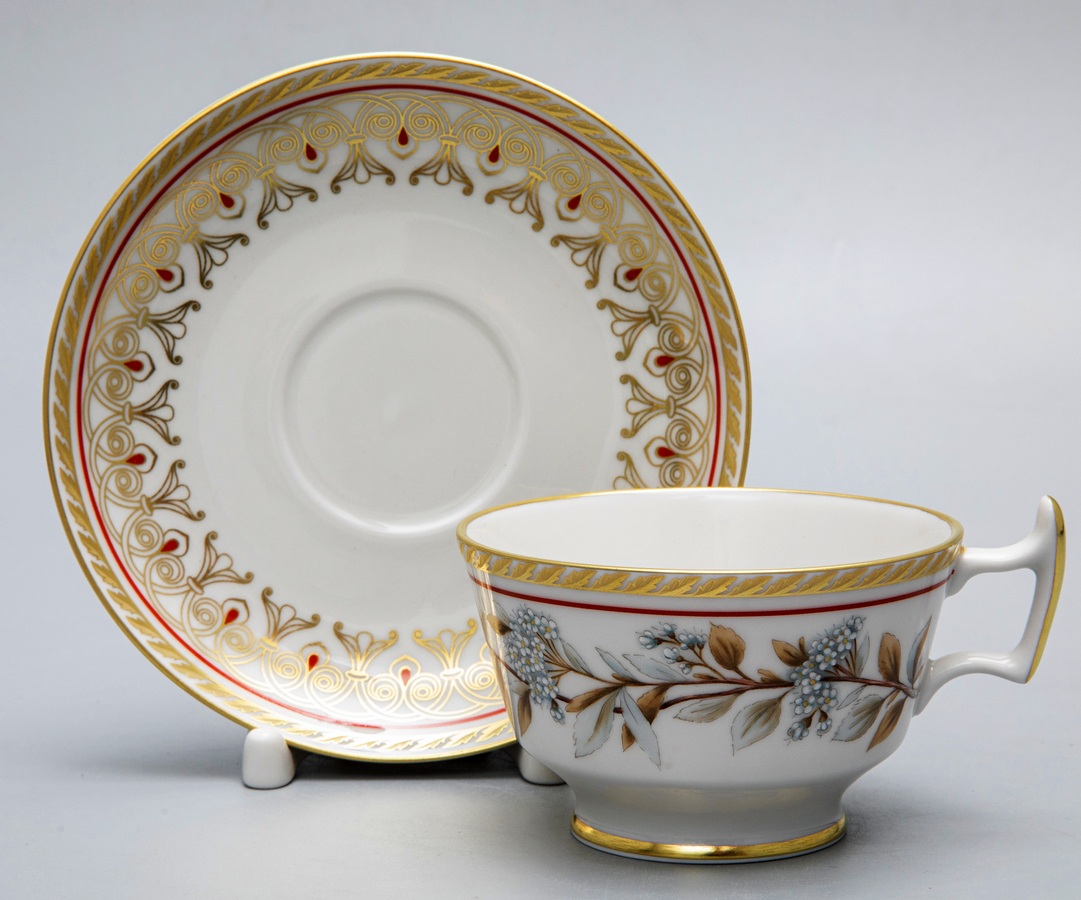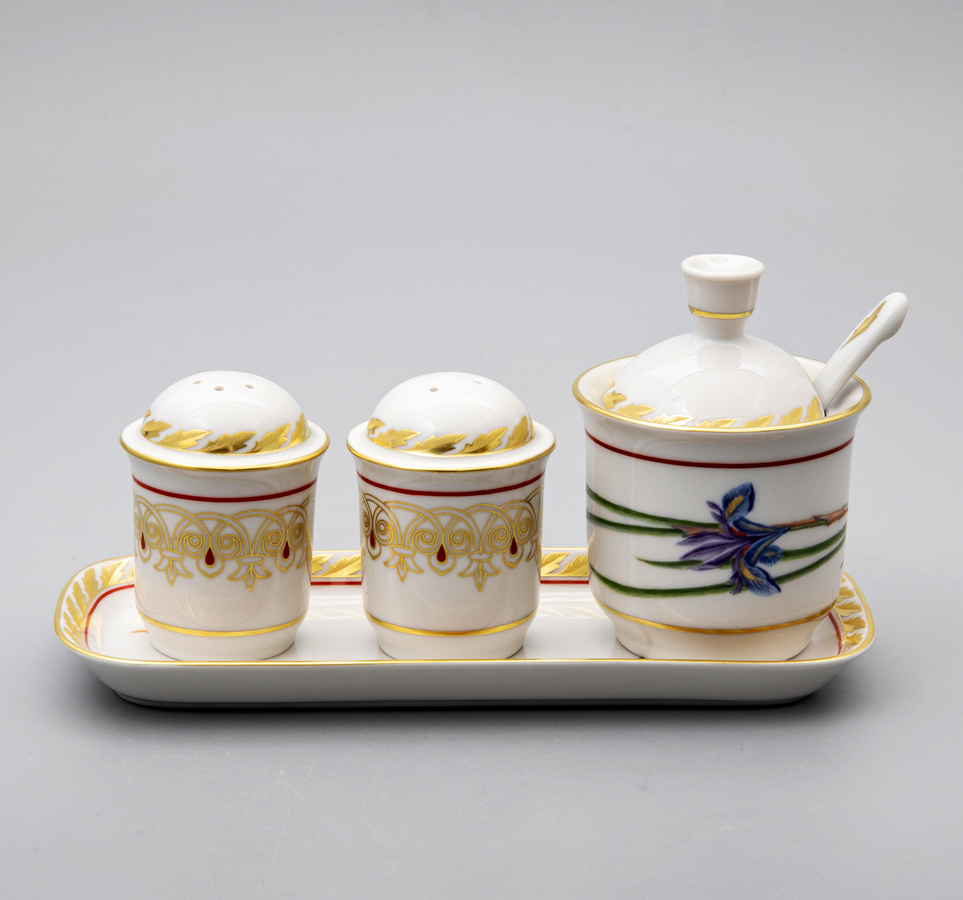FLORA GEORGICA
Plantarum Iberiae centuria
Flora Georgica is a major project combining the finest traditions of applied art, science and publishing. It brings together a botanical album prepared by the publishing house and an artistically painted porcelain service produced by the Imperial (Lomonosov) Porcelain Factory. The visual basis for the project was depictions of 100 plants that grow on the territory of Georgia in the Caucasus featured in the scholarly publications of outstanding 18th-century botanists.

Works in the techniques of lithography and etching. Awarded a personal grant of President of the Chuvash Republic Nikolai Fedorov and grants from the Russian Ministry of Culture. Member of the Saint Petersburg Artists’ Union. Made an Honoured Artist of the Chuvash Republic.
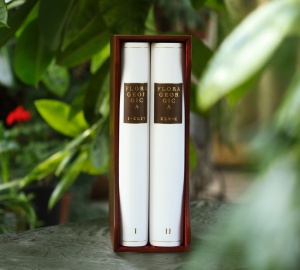
St. Petersburg Ilya Repin Academy of Fine Arts

St. Petersburg Ilya Repin Academy of Fine Arts

St. Petersburg Ilya Repin Academy of Fine Arts

St. Petersburg Ilya Repin Academy of Fine Arts

St. Petersburg Ilya Repin Academy of Fine Arts

St. Petersburg Ilya Repin Academy of Fine Arts

St. Petersburg Ilya Repin Academy of Fine Arts
Additional information
Details of the creation of this masterpiece
-
Year of publication:2022
-
Number of pages:two volumes of 220 pages each
-
Dimensions:book — 480 × 340 mm, case — 500 × 350 × 180 mm
-
Paper:Fabriano (Italy), 250 g/m², handmade
Their large encyclopaedic works not only made a substantial contribution to scientific knowledge, but also served as a basis for one of the traditions of applied art — decorating porcelain with depictions of plants taken from botanical atlases.
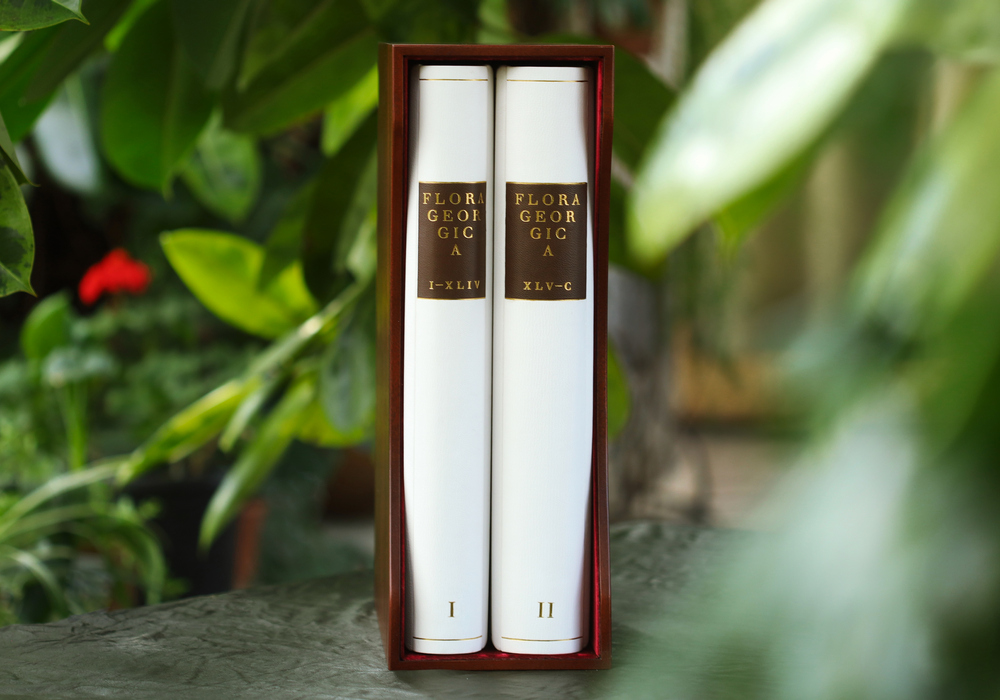
The publication consists of two volumes containing depictions of 100 plants that grow in Georgia accompanied by descriptions of them in Latin. The album has been compiled using tabulated collections of plants assembled by the 18th-century scholars Johann Christian Buxbaum, Peter Simon Pallas and Friedrich August Marschall von Bieberstein that are kept in the Komarov Botanical Institute of the Russian Academy of Sciences.
This splendid masterpiece of applied art, which has also been named Flora Georgica, is to become a highlight of the display in the Mukhranbatoni Palace located on the functioning wine estate and tourist mecca at Mukhrani, a suburb of the Georgian capital, Tbilisi.
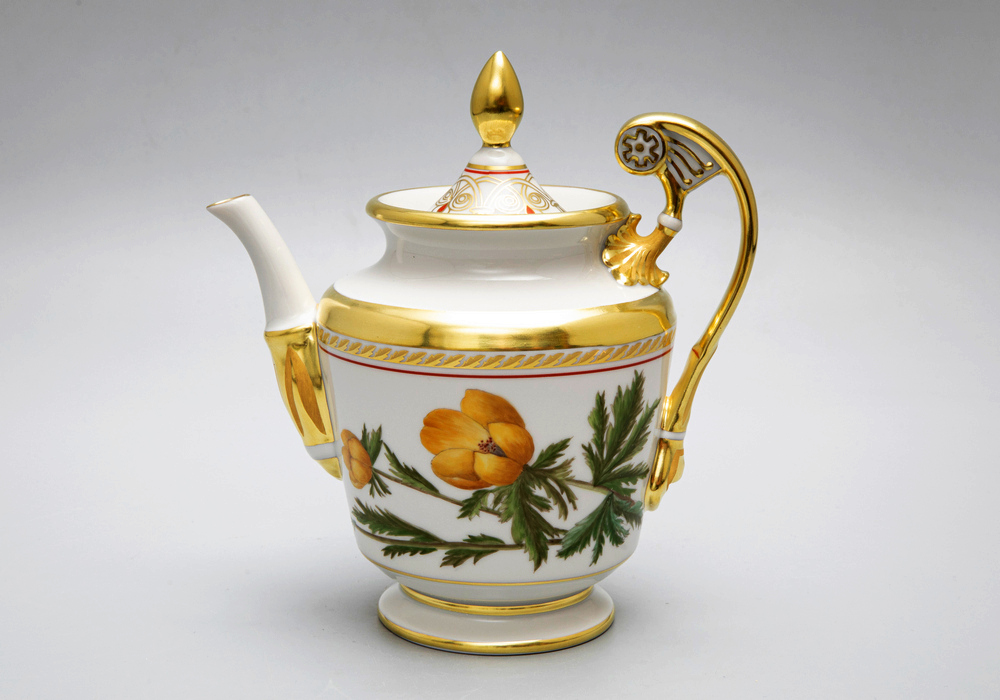
Those involved in work on the publication:
Scientific consultant to the project — Andrei Sytin
Layout and design of the cover — Yevgeny Grigoryev
Illustrations — Alexander Fyodorov, Alexander Kabanin, Yekaterina Samoilova, Natalia Kostunova, Galina Yutkina, Ksenia Shalayeva, Margarita Kriuchkova, Varvara Drobina
Printing of the etchings — Vasily Kleimyonov
Printing of the text — Ruslan Knyazev
Binding work — Andrei Degtev, Andrei Kulikov
Proof-reader of the Latin text — Irina Narusevich
Project curator — Alexander Borodin
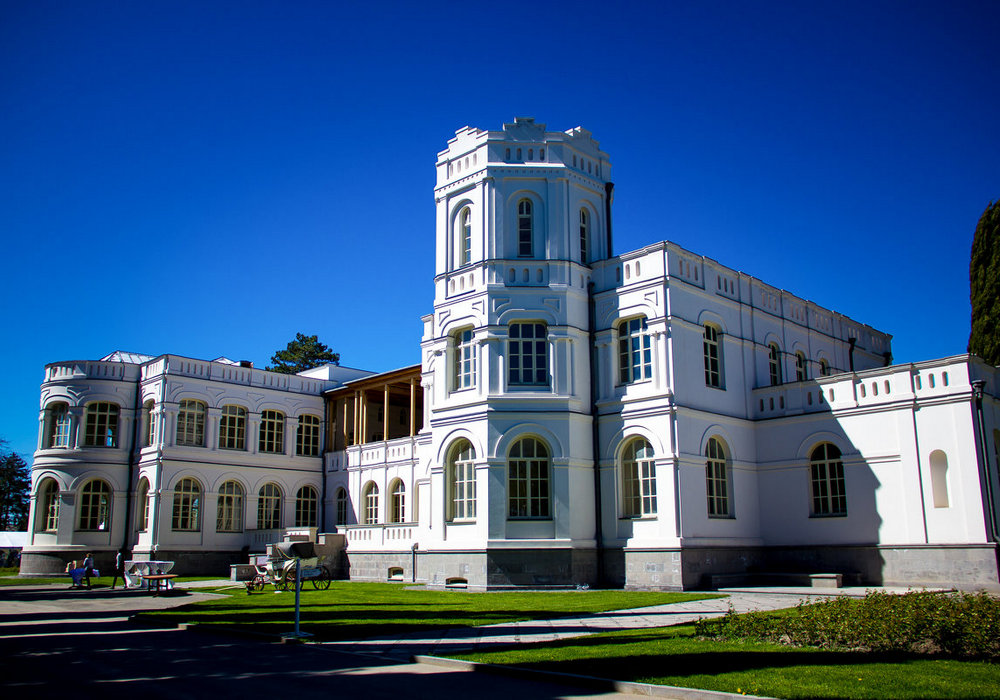
JOHANN CHRISTIAN BUXBAUM
Plantarum minus cognitarum: complectens plantas circa Byzantium et in Oriente observatas, 1728–40;
PETER SIMON PALLAS
Flora Rossica, 1784–1788 and Species Astragalorum, 1800–02;
FRIEDRICH AUGUST MARSСHALL VON BIEBERSTEIN
Centuria plantarum rariorum Rossiae meridionalis praesertim Tauriae et Caucasi iconibus descriptionibusque illustrata, 1810–43.
Over many decades, plants were collected there not only by botanical scientists, but also by members of other professions: military surveyors, geologists, physicians, priest and mountaineers. Herbaria from Georgia can today be found in the world’s largest botanical repositories and serve the advancement of science.
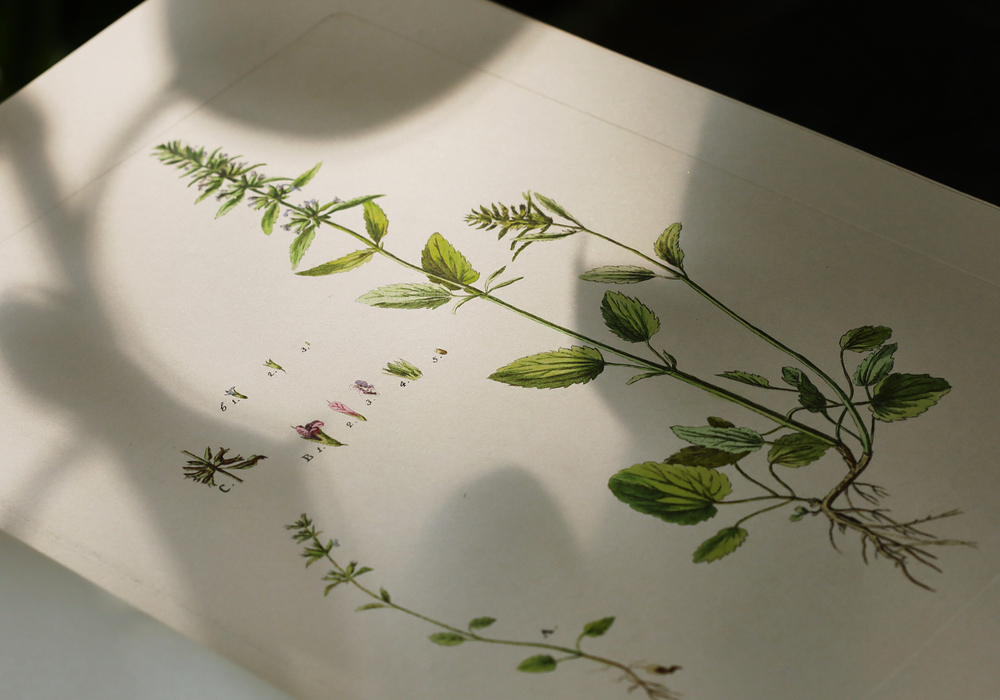
The resulting images, rich in halftones, with striking transitions of colour, are bound to impress all who see them. The visual sense of volume that watercolour can achieve invests the prints with a three-dimensional effect, awakening a desire to examine all the finest nuances of an illustration.
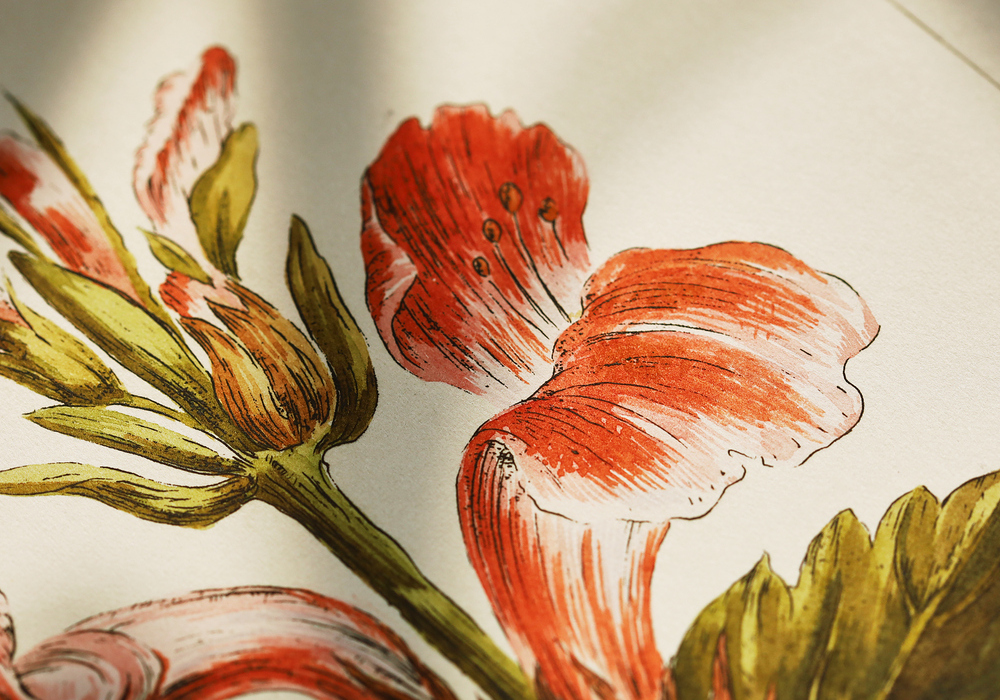
The elegant, understated design of the binding symbolizes the book’s scientific and educational character — and only upon opening its pages will readers fully grasp that they are holding a masterpiece of pictorial art.
Additional information
Details of the creation of this masterpiece
-
Year of publication:2022
-
Number of pages:two volumes of 220 pages each
-
Dimensions:book — 480 × 340 mm, case — 500 × 350 × 180 mm
-
Paper:Fabriano (Italy), 250 g/m², handmade
Their large encyclopaedic works not only made a substantial contribution to scientific knowledge, but also served as a basis for one of the traditions of applied art — decorating porcelain with depictions of plants taken from botanical atlases.

The publication consists of two volumes containing depictions of 100 plants that grow in Georgia accompanied by descriptions of them in Latin. The album has been compiled using tabulated collections of plants assembled by the 18th-century scholars Johann Christian Buxbaum, Peter Simon Pallas and Friedrich August Marschall von Bieberstein that are kept in the Komarov Botanical Institute of the Russian Academy of Sciences.
This splendid masterpiece of applied art, which has also been named Flora Georgica, is to become a highlight of the display in the Mukhranbatoni Palace located on the functioning wine estate and tourist mecca at Mukhrani, a suburb of the Georgian capital, Tbilisi.

Those involved in work on the publication:
Scientific consultant to the project — Andrei Sytin
Layout and design of the cover — Yevgeny Grigoryev
Illustrations — Alexander Fyodorov, Alexander Kabanin, Yekaterina Samoilova, Natalia Kostunova, Galina Yutkina, Ksenia Shalayeva, Margarita Kriuchkova, Varvara Drobina
Printing of the etchings — Vasily Kleimyonov
Printing of the text — Ruslan Knyazev
Binding work — Andrei Degtev, Andrei Kulikov
Proof-reader of the Latin text — Irina Narusevich
Project curator — Alexander Borodin

JOHANN CHRISTIAN BUXBAUM
Plantarum minus cognitarum: complectens plantas circa Byzantium et in Oriente observatas, 1728–40;
PETER SIMON PALLAS
Flora Rossica, 1784–1788 and Species Astragalorum, 1800–02;
FRIEDRICH AUGUST MARSСHALL VON BIEBERSTEIN
Centuria plantarum rariorum Rossiae meridionalis praesertim Tauriae et Caucasi iconibus descriptionibusque illustrata, 1810–43.
Over many decades, plants were collected there not only by botanical scientists, but also by members of other professions: military surveyors, geologists, physicians, priest and mountaineers. Herbaria from Georgia can today be found in the world’s largest botanical repositories and serve the advancement of science.

The resulting images, rich in halftones, with striking transitions of colour, are bound to impress all who see them. The visual sense of volume that watercolour can achieve invests the prints with a three-dimensional effect, awakening a desire to examine all the finest nuances of an illustration.

The elegant, understated design of the binding symbolizes the book’s scientific and educational character — and only upon opening its pages will readers fully grasp that they are holding a masterpiece of pictorial art.
FLORA GEORGICA
Plantarum Iberiae centuria
The publication consists of two volumes containing depictions of 100 plants that grow in Georgia accompanied by descriptions of them in Latin






